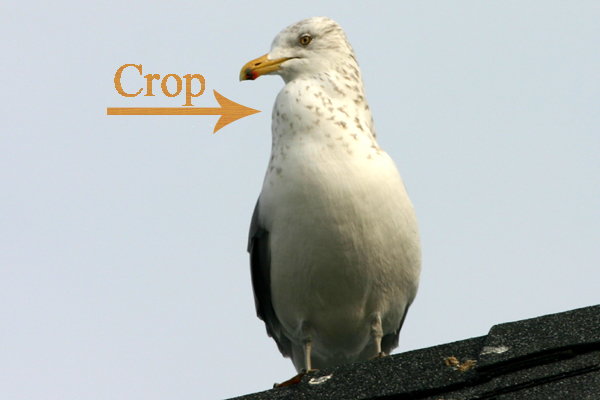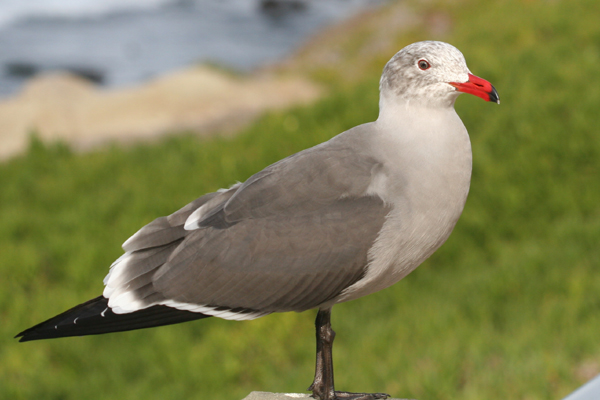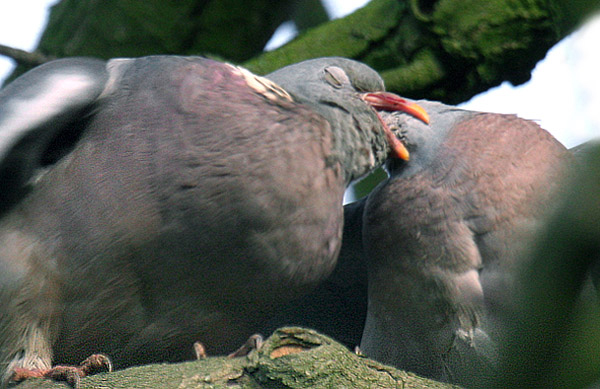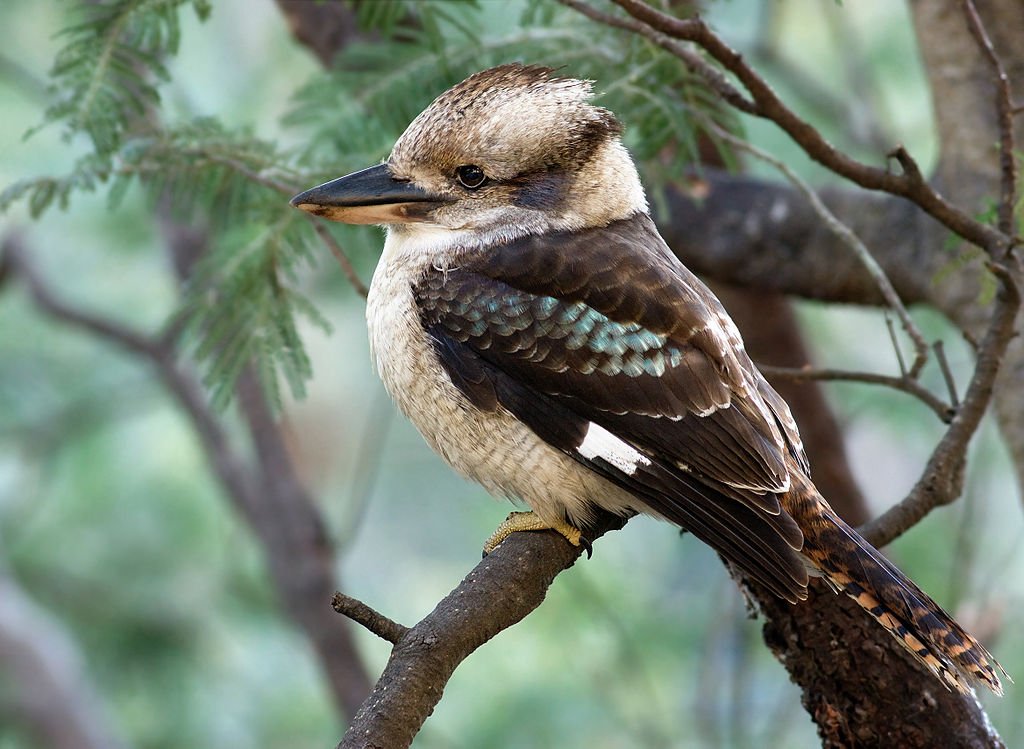A bird’s crop is an expandable “muscular pouch near the gullet or throat.” It is used to store excess food for later digestion. Essentially an extension of the esophagus, the crop can expand a rather remarkable amount, to the point where it can make a small-headed, long-necked bird look like a big-headed, short-necked bird (because the neck ends up so wide when the crop swells that it looks like a head). Crops are not unique to birds; insects, earthworms, some gastropods, and leeches also have them.
The bird above, in a photo taken by Mike, is a Herring Gull with a very full crop. For comparison, below is a Heermann’s Gull with nothing in its crop.
But why do birds have a crop? Remember, birds live in a Darwinian world where survival of the fittest is more than just a saying. When a food source is available to be exploited and there is competition for the food it just makes sense to fill up not just the stomach, but the crop as well. Though some birds, like corvids, cache food, not every species has that skill, so the crop serves nicely as a takeaway bag for a later meal.
Not only is the crop used to store food, but in pigeons and doves it creates food for squabs as well! Crop milk is produced “by a sloughing of fluid-filled cells from the lining of the crop” according to Birds of Stanford and has “more protein and fat than does cow or human milk.” Young pigeons and doves feed on the crop milk, which is produced by both male and female birds, for the first several weeks of life. Below is an image Charlie got of a young Wood Pigeon feeding on a parent’s crop milk.
So the next time you see a bird fly by with an unusually bulging neck don’t be concerned: the bird is merely taking home leftovers in its crop to enjoy later!







 New writers welcome – please contact us for details.
New writers welcome – please contact us for details.

















Am I the only one who finds that Rock Pigeon photo a bit disturbing?
Edit:
Wood Pigeon. See what happens when you get a phone call while trying to make a witty comment?
Interesting article about the crop. The pigeon photo does look strange.
I have baby birds and one of them has a thing-a-mabob on it’s neck. It seems like it would be it’s crop but it’s all bubblely and it doesn’t have any feathers on it. Should I be concerned?
I’m not a veterinarian but that does not sound good.
I have a little pet parakeet that apparently has an impacted crop …. while searching on the net I found advice regarding chickens …. it said for chickens with impacted crops feed them oil soaked bread …. so applying toward the parakeet … his favorite food is millet seed …. so last night I gave him some millet seed soaked in olive oil …. he ate some of it …. but this morning his crop is still huge … It doesn’t seem to bother him normal behavior … eating drinking … playing with my other birds (three parakeets) The literature suggested messaging the crop … I don’t know how to do this and don’t want to cause him any pain ….. Any advice / suggestions are very appreciated . Thanks
Why would the photo of the wood pidgeons be disturbing? That’s just the way they carry and share food – one bird puts its beak into the crop to extract some of the food carried by the other bird.